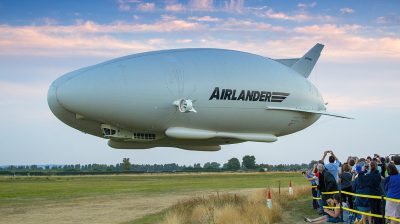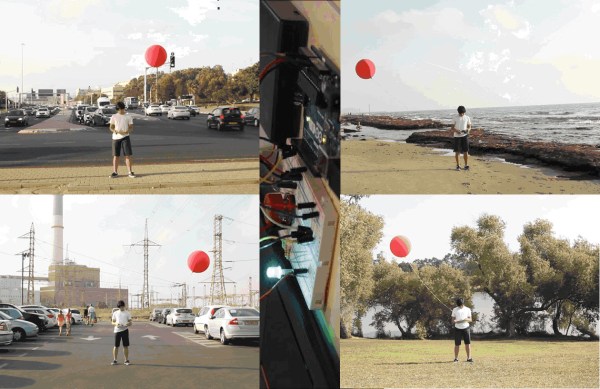If you’re looking for an intriguing aerial project, [DilshoD] has you covered with his unique twist on modular airships. The project, which you can explore in detail here, revolves around a modular airship composed of individual spherical bodies filled with helium or hydrogen—or even a vacuum—arranged in a 3x3x6 grid. The result? A potentially more efficient airship design that could pave the way for lighter-than-air exploration and transport.
The innovative setup features flexible connecting tubes linking each sphere to a central gondola, ensuring stable expansion without compromising the airship’s integrity. What’s particularly interesting is [DilshoD]’s use of hybrid spheres: a vacuum shell surrounded by a gas-filled shell. This dual-shell approach adds buoyancy while reducing overall weight, possibly making the craft more maneuverable than traditional airships. By leveraging materials like latex used in radiosonde balloons, this design also promises accessibility for makers, hackers, and tinkerers.
Though this concept was originally submitted as a patent in Uzbekistan, it was unfortunately rejected. Nevertheless, [DilshoD] is keen to see the design find new life in the hands of Hackaday readers. Imagine the possibilities with a modular airship that can be tailored for specific applications. Interested in airships or modular designs? Check out some past Hackaday articles on DIY airships like this one, and dive into [DilshoD]’s full project here to see how you might bring this concept to the skies.

















